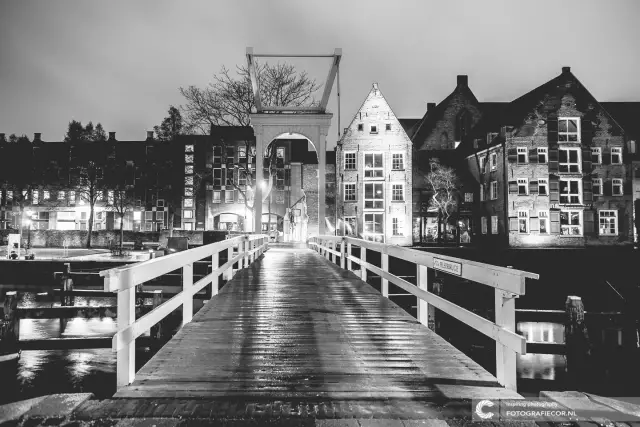it is quite easy to learn how to set the shutter speed manually, but in the future this skill will open up a lot of scope for creativity and you will be able to better control the shooting process.
Instructions
Step 1
Exposure is the length of time the camera opens the shutter for exposure. The aperture is responsible for the amount of light that hits the sensor or film, the shutter adjusts the time of this exposure. When the shutter speed is short, the shutter opens for a very short period of time and very little light enters the matrix. On long ones, the shutter is open for a longer amount of time and the luminous flux gets more. The standard step of changing the shutter speed is made in such a way that each subsequent step reduces or increases the exposure time of the light flux by 2 times. Setting the camera's shutter speed manually gives you plenty of room for creativity.
Step 2
The shutter speed / aperture ratio forms the basis of the exposure. In the event that the maximum aperture opening size does not allow the required amount of light to pass through, this can be done by increasing the exposure time using longer shutter speeds. If you are photographing an object that is moving quickly, then you can do this only with a very short shutter speed, while the lack of light can be compensated for by an open aperture.
Step 3
The choice of exposure time is influenced not only by the amount of required light flux and the possibility of opening the aperture, but also by the nature of the object itself. The more its mobility, the shorter the shutter speed should be set. If we conventionally imagine that you set a shutter speed of 1 second, then the exposure will take place during this time, while neither the object nor the camera should change its position. When shooting an athlete in motion at a slow shutter speed, the photo will be blurry. The athlete will change his position in space. The same can happen when photographing animals or children. If the lighting conditions allow it, then moving objects should be shot at fast shutter speeds.
Step 4
Even if you are photographing still nature at a long exposure, there is no guarantee that your hands will not flinch or move. Sharp handheld photography is believed to be possible if the shutter speed denominator is approximately equal to the focal length of the lens. That is, with a 35 mm lens, you can confidently take pictures at a shutter speed of 1/30. For slower shutter speeds, use a tripod.






